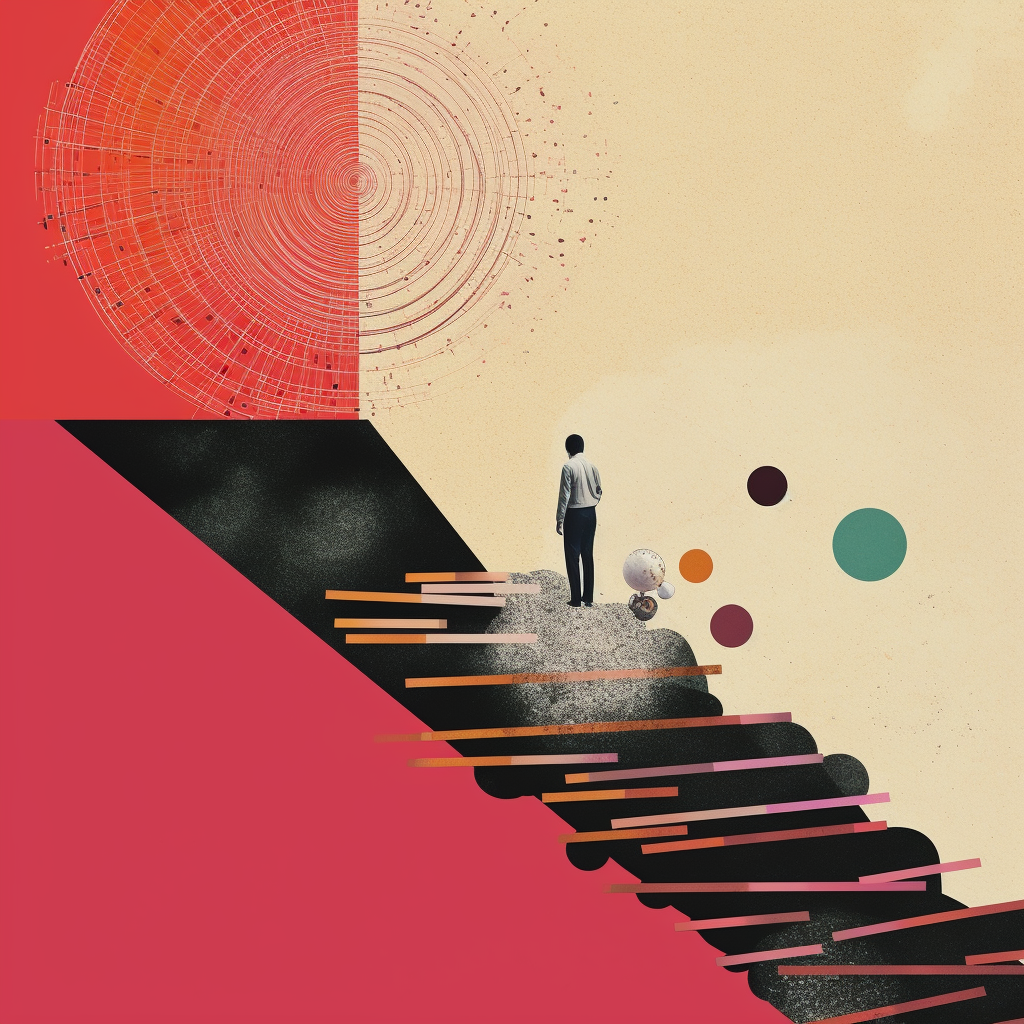How to Wire Your Brain for Improvisation — Like a Rapper
The Neuroscience of Improvisation & How to Give Up Control
I sat in a claustrophobic room that glowed bright with luminescent brains, diligently waiting for the scans to finish.
I never liked that room much. The fMRI machine banged with an alarming voracity, it was always 5 degrees too cold, and red signs warned that if you entered the scanning room with a rogue bobby pin, you could promptly impale your subject (the M in fMRI is magnetic).
This was my daily life as a Neuroscience Research Fellow at the National Institutes of Health.
While the routine and environment left much to be desired, the subject of the work itself was a matter of deep (and turns out, ongoing) interest for me: The neurological underpinnings of creativity.
My laboratory participated in truly phenomenal research that placed rappers and jazz pianists in brain scanners to examine the nature of spontaneous improvisation. In other words, what happens in the brain when you come up with intensely creative output on the spot?
The results, I believe, are among the most interesting in modern psychological science: During improvisation, certain areas in the prefrontal cortex — the part of our brain responsible for planning and self-monitoring — become less active, allowing more creative impulses to bubble to the surface.
To an academic, the stir caused by the study was our Super Bowl.
Let me explain...
The prefrontal cortex is responsible for a wide range of higher cognitive functions, like decision-making, impulse control, planning, working memory, and executive functions. Said more simply, it’s the ‘grown-up’ part of our brain that tells us not to say or do the thing that will make us look stupid.
This disciplinarian in the foremost part of our skull exerts its control on the rest of the brain by inhibiting our wayward impulses, uncouth desires, and socially frowned-upon comebacks. Through inhibition, the prefrontal cortex helps us move toward our goals — and not get cancelled.
We all have different degrees of prefrontal inhibition. When there’s a notable deficit in inhibitory control, we see challenges with impulsive behavior, poor decision-making, emotional dysregulation, and difficulties in executive functioning. Think: Criminals, slackers, cancellable celebrities, and naughty toddlers (the latter will develop with time, hopefully).
A reasonable degree of prefrontal inhibition is necessary to avoid such situations.
But when there’s a productive ability to inhibit our brain’s disciplinarian — to focus less on self-control and more on creating in the moment — we see tremendous creative and entrepreneurial potential. These are the types of people who always have clever, humorous, or creative ideas at the tippy top of their mind, just waiting to spill out.
For instance, this is why many of us become creative, comical geniuses after a glass and a half of wine. Alcohol affects the prefrontal cortex, loosening our inhibitions and offering us access to more creative impulses (it goes without saying: there’s a clear point of diminishing returns). Said differently, highly creative brains function like they’ve always had a few sips. Which explains… a lot.
This is where prodigious creators who are quick on their mental feet — rappers like Drake, pianists like Thelonious Monk, comedians like Wanda Sykes, and actors like Kristen Wig — are of great creative interest. They nudge us to ask ourselves: How can we too loosen our inhibitory grip to free our creative potential?
I wanted to share three practices that have helped me transform from a largely inhibited, high self-monitoring person to a reasonably chill, highly creative person.
1. Improv Training
I signed up a 12-week improv training that taught me one thing real quick: The more you try not to sound stupid, the more stupid you will sound. It’s guaranteed. The practice of “yes and...” has been hugely important on my creative journey, as has my growing comfort with trying, stumbling, adapting, and carrying on.
Similar Ideas: Dance, art, music, public speaking, or language lessons.
2. Creativity Without Expectations
If you follow me on social media, you know I practice I call ‘intuitive watercoloring.’ Basically, I blob paints down until something cool happens. It’s a practice with few expectations: I don’t pretend to be good, so my self-worth stays out of it. This relaxed perspective allows me to get into flow – and more often than not, it turns out great.
Similar Ideas: Cooking, scrapbooking, song writing, and poetry.
3. Embracing Awkward
Look, I’ll be real, I’ve always been a bit awkward. Most people who think deeply and dream big are. But one of the surest ways to be defeated by your awkwardness is to pretend that you’re just like everyone else. You think Jerry Seinfeld and Billie Eilish deny their odder impulses? By embracing our quirks, we can loosen the inhibition of our pre-frontal cortex to flow more easily with ideas, experiences, and conversations.
Similar Ideas: Join a quirky club, attend an unusual event, or find an atypical friend.
And, in a pinch, wine.
Looking to host a talk on the psychology of creativity and improvisation? Reach out!
Uninhibited: What Rappers & Comedians Teach Us About Creativity
Rappers in brain scanners can teach us a lot abut the nature of spontaneous creativity. The unique patterns of brain activity that occur when creative output is generated on-the-spot highlight the perils of self-criticism and the importance of letting loose. In this playful yet practical talk, Jessica Carson shares the incredible science behind creativity and improvisation, her personal story conducting this research, and concrete strategies to foster more (workplace-appropriate) creative freedom and flow.
Learning Outcomes
Explore the research on the psychology of creativity and improvisation
Understand why certain people, like rappers, comedians and jazz musicians, are better at on-the-spot creativity
Learn why self-monitoring, inhibition, and being a ‘grown-up’ can inhibit creativity
Identify concrete strategies to bring more freedom and flow to your creativity






